
The Beauty and History of Akan Goldweights
Summary
Reflection Questions
Journal Prompt
Though incredibly beautiful, Akan goldweights were primarily used as functional objects rather than items of personal adornment. They were not typically worn by Akan kings or regular people in the way that jewelry or accessories might be worn. Instead, they were utilitarian items used for measuring and trading gold dust, the primary form of currency in Akan society. Goldweights were small, intricately designed artifacts used by the Akan people of West Africa to weigh gold during trade, particularly in the pre-colonial era. Serving as standardized units, they ensured fair exchanges in the gold trade networks.
Beyond their practical function, Akan goldweights hold cultural significance, featuring symbolic motifs reflecting Akan philosophy and societal values. Adorned with representations of animals, plants, and abstract forms, these earliest weights became a visual language in storytelling and cultural transmission. While their role in trade has diminished, Akan goldweights endure as prized cultural artifacts, preserved in museums and private collections. In this article, we look into the Akan goldweights as artifacts that not only served as practical tools but also as vessels of artistic expression.
Historical Context for the Akan Gold Weight
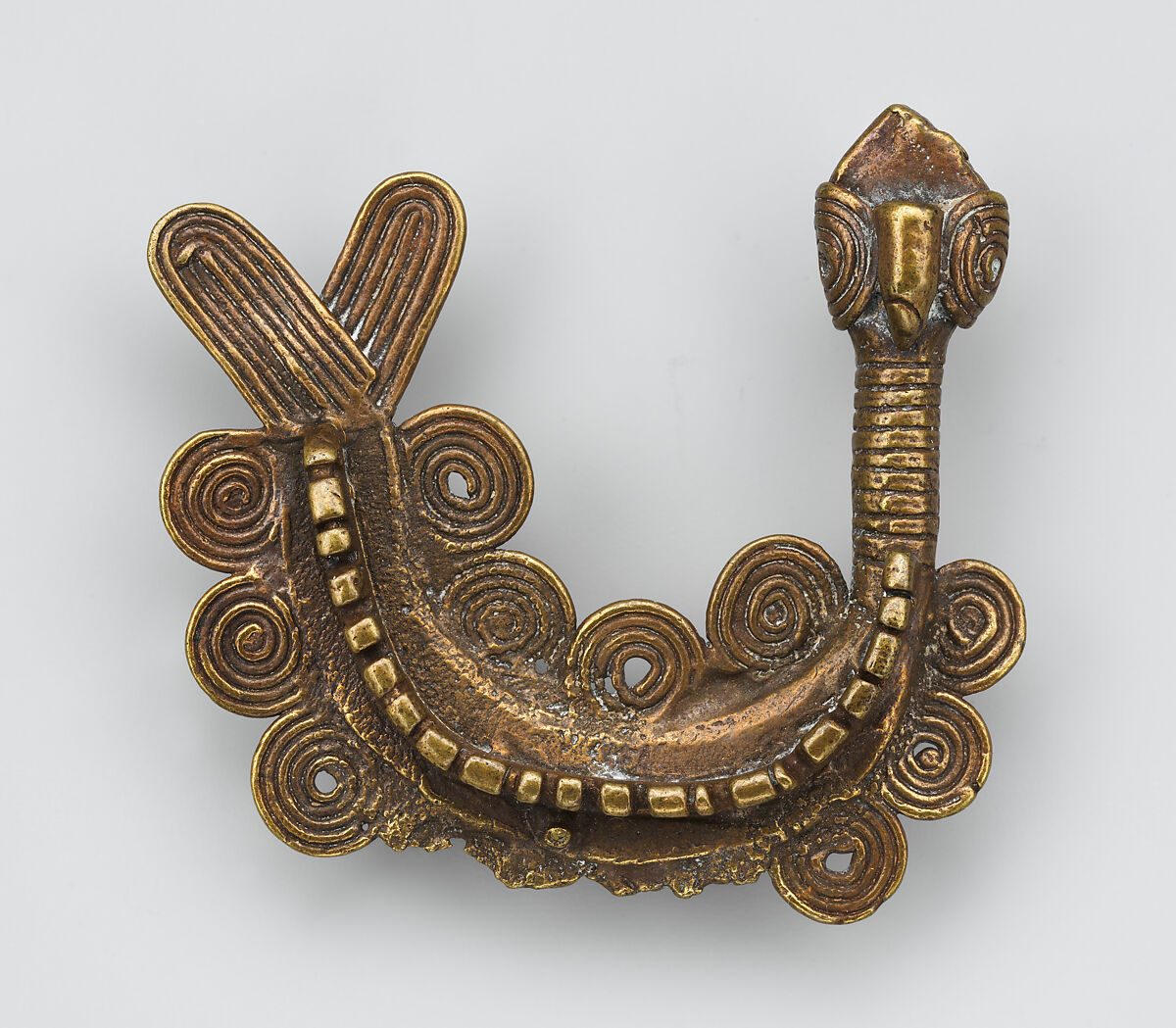
The origins of Akan gold weights or the African weight standards trace back to the 15th century, a period marked by the flourishing gold trade in West Africa. The Akan peoples, living along the Gold Coast, were pivotal players in this economic boom. The Gold Coast, historically known as the region along the Gulf of Guinea in West Africa, encompasses parts of present-day Ghana and Ivory Coast. This region was significant for its abundance of gold, which attracted European traders.
The trade in gold was a major driver of economic activity along the Gold Coast. Akan goldweights facilitated trade and commerce by providing standardized measures for weighing gold dust during transactions. Merchants and traders relied on these weights to ensure fairness and accuracy in exchanges, contributing to the prosperity of the Gold Coast as a trading hub.
During the colonial period, European powers, particularly the British, established control over the Gold Coast. The gold trade and Akan goldweights played a significant role in the interactions between Europeans and indigenous peoples. While colonial rule brought changes to the economic and political landscape of the region, the cultural significance of Akan goldweights persisted, albeit with some adaptations and influences from European colonial powers.
These artifacts played a crucial role in everyday transactions, from small market sales to large state enterprises. Traders carried sets of goldweights, and families often passed down collections as heirlooms. The weighing process involved placing the gold dust on one side of a scale with a brass spoon, while the goldweight sat on the other. The meticulous weighing and trading process ensured the economic stability of the Akan communities.
Fuel your creative fire & be a part of a supportive community that values how you love to live.
subscribe to our newsletter
*please check your Spam folder for the latest DesignDash Magazine issue immediately after subscription

Cultural Significance
Akan goldweights transcend their practical role in trade, becoming vessels of profound cultural significance within Akan society. They carry a lot of cultural significance as well. Beyond their function as tools to measure gold dust, these intricately designed artifacts tie a knot with culture in storytelling, proverbs, and transmitting cultural values.
Akan goldweights serve as visual storytellers, especially for the historically enslaved people of Africa, each design narrating a tale embedded in the rich tapestry of Akan culture. These miniature sculptures depict animals, plants, and abstract forms, each carrying symbolic meanings and contributing to the visual language of Akan storytelling. The weights themselves become characters in narratives, representing cultural heroes or conveying moral lessons.
Proverbs find visual representation in goldweights. The intricate designs embody timeless sayings, imparting wisdom and conveying accepted truths. For instance, a goldweight featuring an elephant may symbolize the protective influence of a chief, echoing the proverb, “One who follows the track of the elephant never gets wet from the dew on the bushes.” Each goldweight, through its design, encapsulates the essence of Akan proverbs, preserving and perpetuating these linguistic treasures.
Akan goldweights serve as mirrors reflecting the core tenets of Akan philosophy, societal norms, and beliefs. The choice of motifs and designs is intentional, capturing the essence of the Akan worldview. The artistic expressions found in these weights convey not only aesthetic beauty but also the deeply ingrained cultural values of the Akan people.
The symbolism within these coated goldweights extends to societal norms and traditional weight names, acting as visual metaphors for the roles and responsibilities of individuals within the community. Designs such as a bird with a knot for a body might represent a wise man who cannot be fooled or confused, embodying the proverb “We do not tie it in a knot.”
Use and Functionality
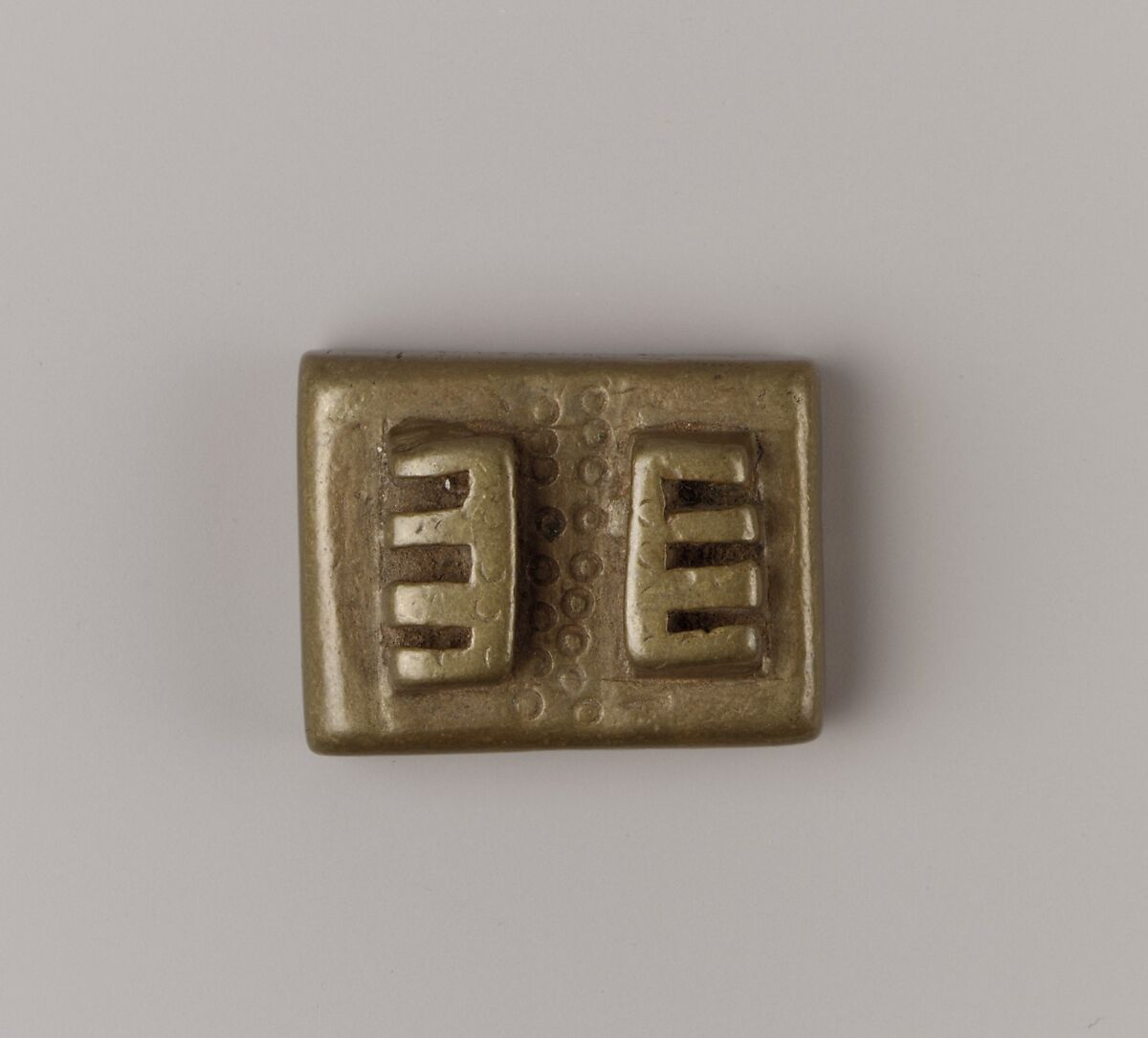
Akan gold weights were created by the Akan people of West Africa, particularly in what is now Ghana and Ivory Coast. These intricately designed small brass or bronze weights served several purposes and held significant cultural and economic importance within Akan society. Let’s explore some reasons why Akan gold weights were created.
Economic Transactions
Akan gold weights were originally used as a form of currency and as weights for measuring gold dust, which was the primary medium of exchange in the region before the introduction of European currencies. Gold dust was a valuable commodity in Akan society, and the accuracy and consistency of the weights were crucial for fair trade and economic transactions.
Symbolism of Wealth and Status: In Akan society, gold was associated with wealth, power, and prestige. Gold weights were not only functional objects but also symbols of prosperity and social status. The elaborate designs and motifs on the gold weights reflected the wealth and artistic sophistication of the Akan people.
Spiritual and Religious Significance
The Akan people had a rich spiritual and religious tradition, and gold held spiritual significance in their belief system. Gold weights were often used in religious rituals, ceremonies, and offerings to honor ancestors or communicate with spiritual beings. The craftsmanship and symbolism of the weights played a role in these rituals and ceremonies.
Artistic Expression and Cultural Identity
Akan gold weights were crafted with great skill and attention to detail by specialized artisans known as brass casters. These artisans utilized traditional casting techniques passed down through generations to create intricate designs featuring symbols, animals, proverbs, and other motifs that held cultural significance to the Akan people. The gold and brass weights served as a means of artistic expression and cultural identity, preserving Akan heritage and traditions.
Education and Oral Tradition
Akan gold weights often featured symbolic representations of Akan proverbs, folklore, and historical events. They served as educational tools, allowing elders to impart wisdom, knowledge, and moral lessons to younger generations through the interpretation of the weight designs. The weights thus played a role in preserving oral tradition and reinforcing cultural values within Akan society.
Design and Craftsmanship of Akan Goldweights
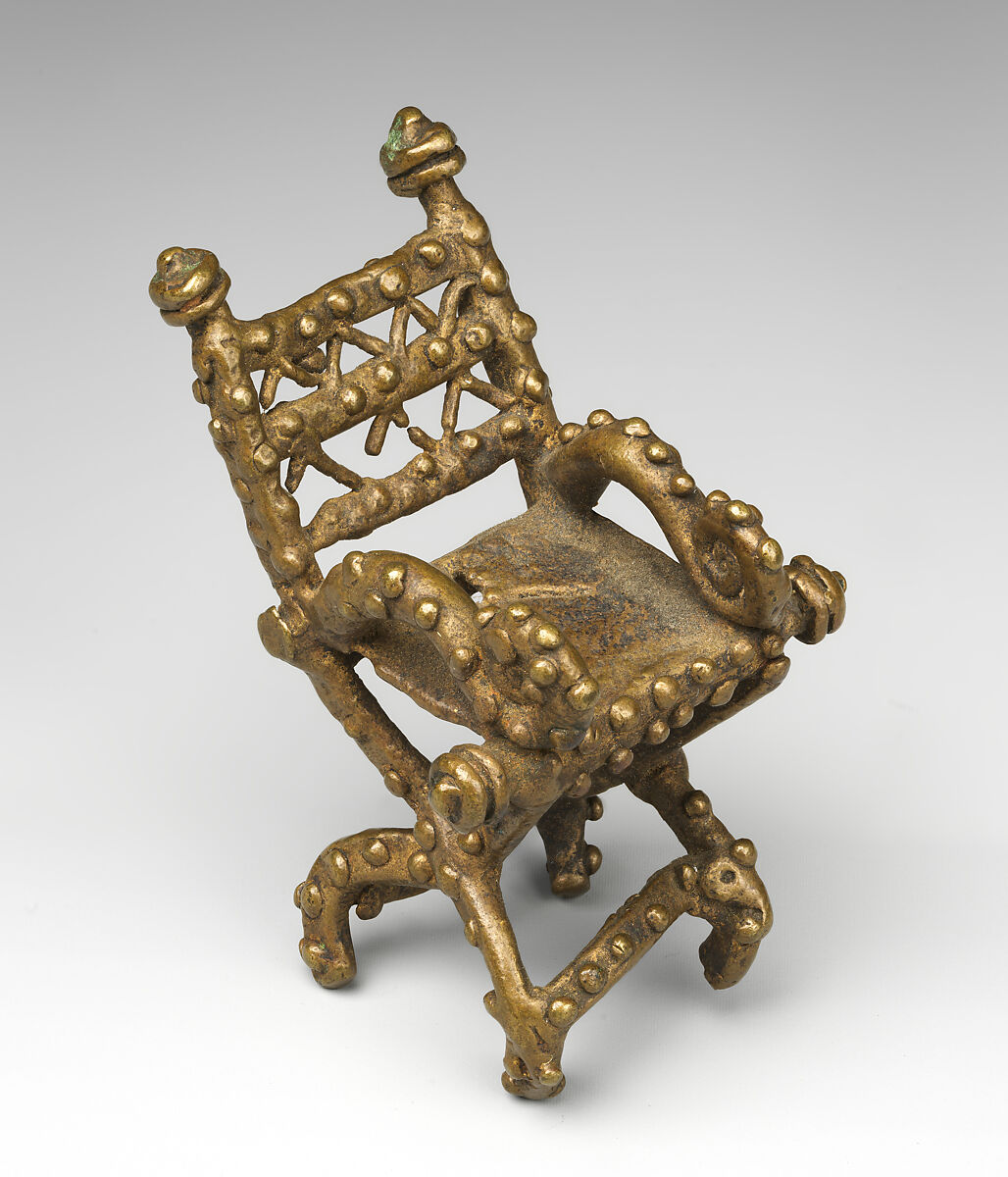
The worn beauty of Akan goldweights lies not only in their functional purpose but also in the exquisite variety of shapes and sizes that adorn these artifacts. From abstract forms and geometric patterns to figures representing animals, plants, and everyday objects, Akan goldweights are a testament to the creative prowess of their artisans.
Variety of Shapes and Sizes
Akan goldweights exhibit a diverse array of shapes and sizes, reflecting the evolution of their design over different periods. In the early period from 1400 A.D. to 1700 A.D., geometric styles prevailed, featuring intricate patterns in minute sizes, often as small as 1/4 inch long.
As time progressed into the late period from 1700 A.D. to 1900 A.D., a shift towards figurative styles emerged between different ethnic groups, with weights reaching heights of 2.5 inches. The figurative styles depicted animals, humans, and everyday objects, transforming these weights into miniature sculptures. This was stated by the historical society as well.
The symbolism behind these designs is profound; shields symbolize bravery and stamina, while double-edged swords represent a joint rule between females and males, emphasizing collaboration rather than violence.
Craftsmanship and Materials
Crafting Akan goldweights required meticulous skill, often involving the ancient technique of lost wax casting. Each weight was meticulously carved before being cast, showcasing the talent and precision of Akan goldsmiths. The intricate details, whether in the anthropomorphic facial features or the clean lines of geometric patterns, reflected a commitment to artistic excellence.
Materials used in crafting these weights primarily included brass, imported from Europe. The shift from using gold as the basis of the economy marked a transition in the significance and daily use of these weights. Despite the decline in their practical utility, the craftsmanship remained integral, preserving the cultural and artistic value of Akan goldweights.
Artistic Themes and Motifs
Akan goldweights, with their intricate designs, embody a rich collection of artistic themes and motifs that delve deep into the heart of Akan culture. These symbols, often nuanced and multifaceted, go beyond mere aesthetic beauty, reflecting the social, political, and spiritual dimensions of Akan life and the people of the African continent.
Animal Motifs

Symbolizing strength and protection, elephants frequently appear in Akan goldweight designs. For example the proverbial saying, “One who follows the track of the elephant never gets wet from the dew on the bushes,” conveys the protective influence of leadership, often embodied by a chief.
Birds, such as the cast brass bird foot, convey wisdom and authority. The proverb “the fowl’s footsteps on the chicken but does not kill it” signifies the responsibilities of leaders—chiefs or parents—who must assert authority with varying degrees of severity to maintain peace and order.
Geometric Patterns
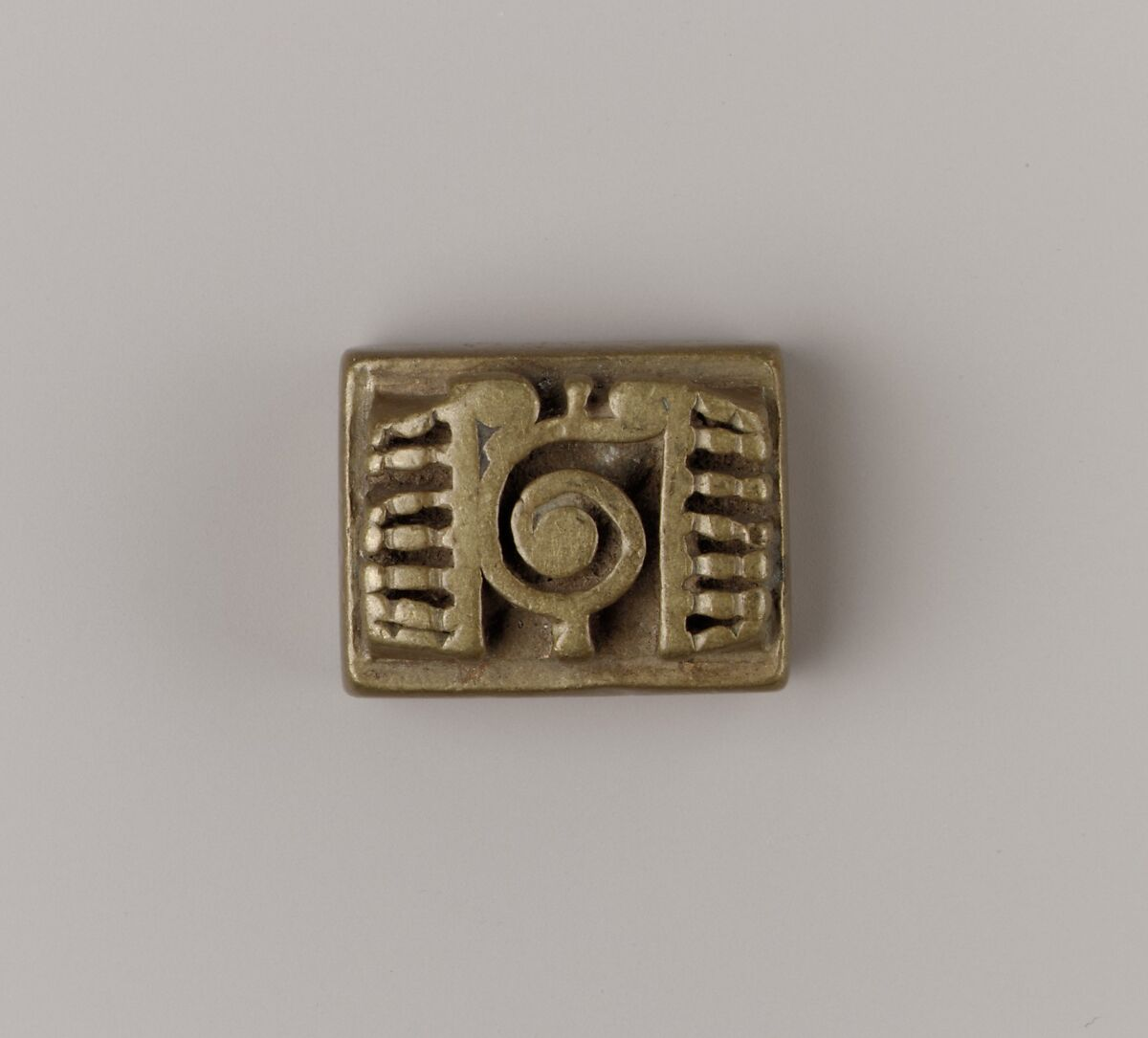
Geometric designs, prevalent in early periods, convey a sense of order and balance. These intricate patterns often represent unity within the community and may symbolize the harmonious coexistence of individuals within the societal structure.
Figurative Representations
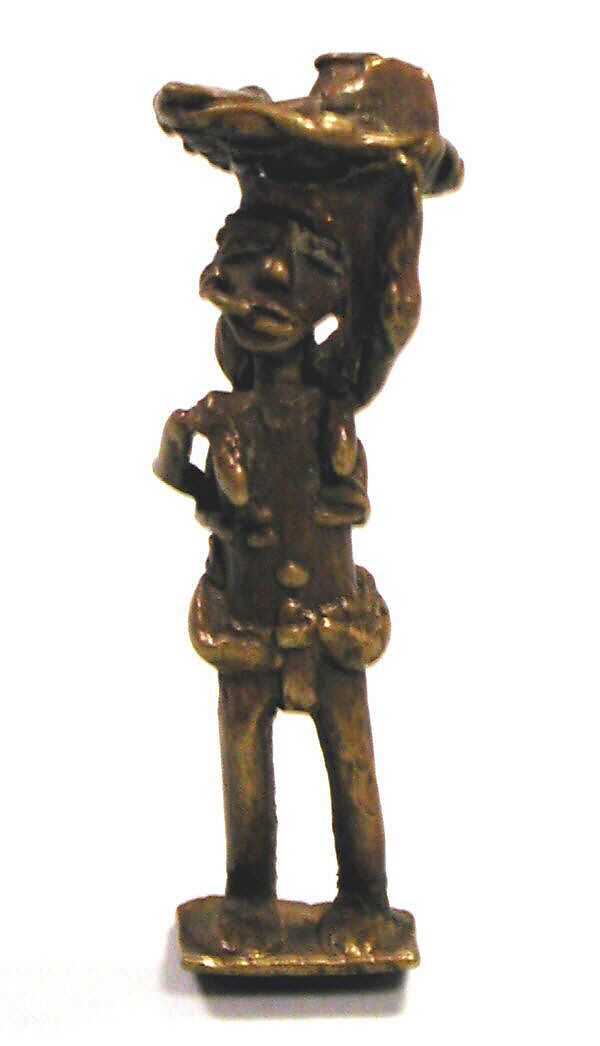
Figurative representations, whether anthropomorphic or depicting everyday activities, provide insights into Akan societal norms. The naming of weights often involves complex symbolism, such as shields representing bravery or stamina and double-edged swords signifying joint rule between female and male, emphasizing collaboration.
Cultural Reinforcement
Akan goldweights serve as vehicles for cultural reinforcement, expressing personal behavior codes, beliefs, and values through a visual medium. The weights become tangible embodiments of Akan oral traditions, stories, riddles, and codes of conduct that guide individuals daily.
Social, Political, and Spiritual Aspects
Equality and Justice
Central to Akan culture is the profound concern for equality and justice. Many weights symbolize significant and well-known stories, reinforcing the importance of fairness and equity within the societal structure. These themes of the later weights reflect the social contract within Akan communities, emphasizing collective responsibility, status, and fairness.
Collaboration
The representation of double-edged swords and other collaborative symbols underscores the Akan emphasis on joint rule between females and males, fostering unity and shared responsibility in both political and familial spheres.
Spiritual Connection
Akan goldweights also mirror the spiritual aspects of Akan life. The use of animal motifs often carries spiritual significance, linking the earthly realm to the realm of the spirits. These motifs serve as conduits for spiritual beliefs, reinforcing the interconnectedness of the material and spiritual worlds.
Modern Influence
The influence of Akan goldweights extends beyond their historical context, leaving an ineradicable mark on contemporary art and culture worldwide. Modern artists and designers draw inspiration from these weights’ intricate designs and profound cultural symbolism.
Within Africa and globally, Akan goldweights have become a source of inspiration for creatives seeking to integrate the rich heritage of West Africa into their work. The fusion of traditional Akan motifs with contemporary artistic expressions reflects a dynamic cultural exchange, ensuring that the legacy of these ancient artifacts endures and continues to captivate audiences, bridging the gap between the past and the present.
Collection and Preservation
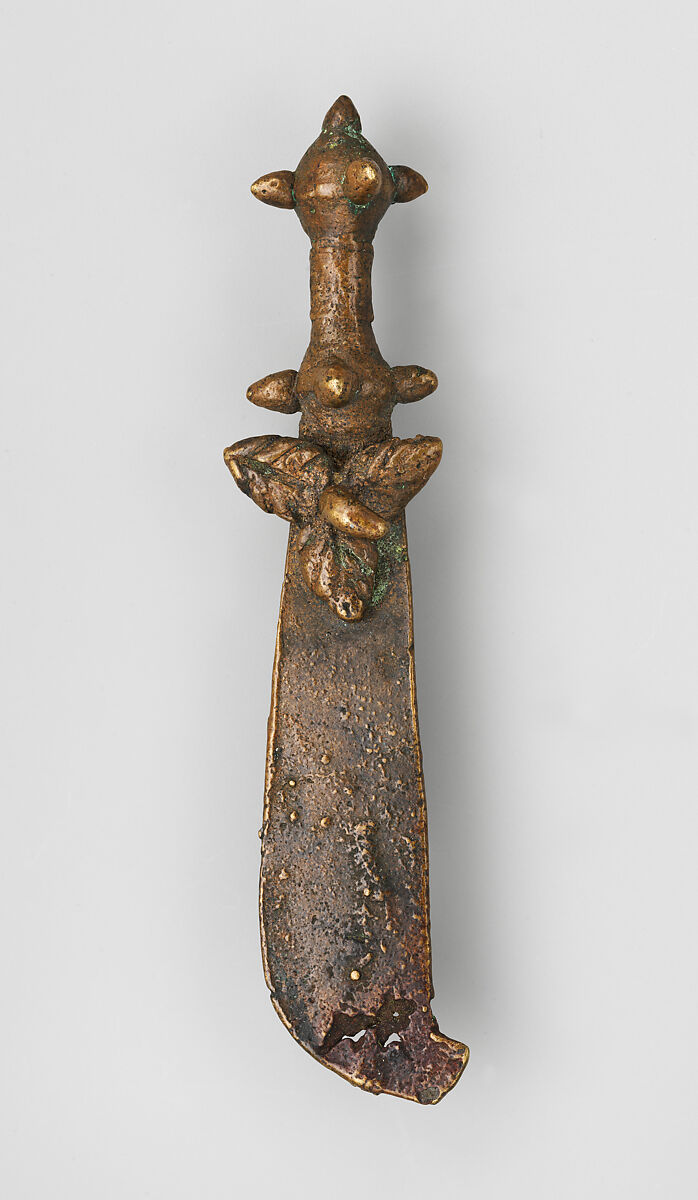
Efforts to collect and preserve Akan goldweights are crucial for safeguarding the cultural heritage of West Africa. Notable collections, such as those in Simon Fraser University, showcase the diversity of these artifacts, ranging from geometric styles to human figurative weights to heads of animals.
Museums globally, including the National Museum of Ghana and the Musée des Civilisations de Côte d’Ivoire, house substantial goldweight collections. However, challenges persist in preservation due to factors like material decay and the evolving economic use of goldweights. The importance of maintaining these artifacts lies in their role as tangible links to the past, providing valuable insights into Akan culture for future generations.
Final Thoughts on the Beauty of Akan Goldweights
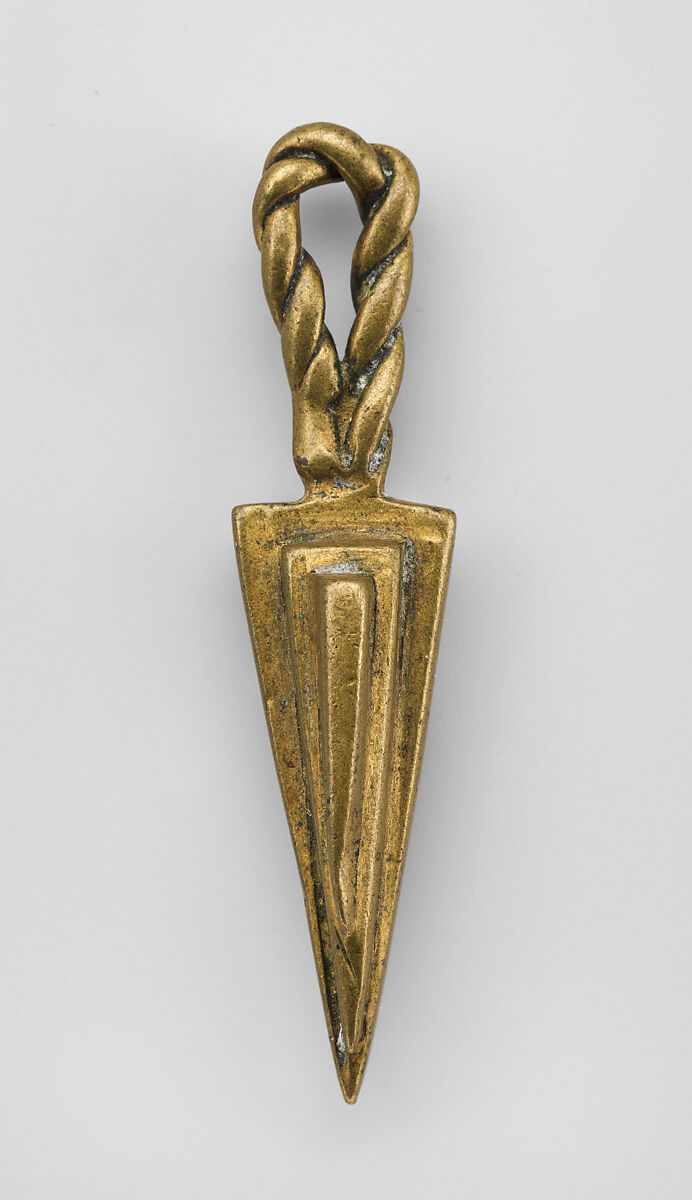
Akan goldweights, with their dual identity as utilitarian objects and masterpieces, have left an enduring legacy since the seventeenth century. Their intricate designs tell stories of Akan culture, reflecting values and societal norms. As artifacts bridging the past and present, these weights offer a profound understanding of the rich cultural heritage of the Akan people and contribute to the broader historical narrative of West Africa.
By Anila Hasnain.
Design Dash
Join us in designing a life you love.
Can You Hang Art in Your Bathroom? Here’s the Long & Short of It.
Can you hang art in your bathroom? Learn which materials can take the heat and humidity—and which suffer—in steamy spaces.
8 Vintage-Inspired Glass Table Lamps We Love for Moody, Romantic Bedrooms
Moody, romantic, and vintage-inspired—these 8 glass table lamps bring sculptural beauty and soft, atmospheric light to your bedroom.
Key Takeaways from “Billing Methods For Interior Designers” on the DesignDash Podcast
Learn about different interior design billing methods—from hourly and flat fees to hybrid models—on this episode of the DesignDash Podcast.
2024 Interior Design Business Survey Highlights & What The Results Mean for Designers
Read insights from the 2024 Interior Design Business Survey: trends in pricing, hiring, client relationships, and our industry’s future.
Here Are 5 Incredible Interior Design Programs in Minnesota
If you plan to become one of Minnesota’s many successful interior designers, this guide will help you find the program that aligns with your goals—and prepare for the NCIDQ exam if licensure is part of your career plan.
Will You Need an Architect’s License to Conduct Structural Renovations in California?
Can interior designers in California handle structural renovations in-house? Learn what services require a licensed architect, what the law allows, and how your studio can legally expand its offerings.








